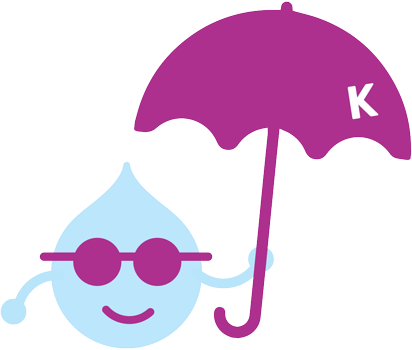My son has been sneezing for the past few weeks and blows his nose constantly. How can I tell if he has allergies or just a lingering cold?
– Tammy
Let’s discuss the difference between a cold and allergies
Seasonal allergies and the common cold can be so much alike that it’s sometimes hard to tell the two apart. But look closely and you can find clues about what’s going on.
Ask yourself these questions to help figure out if your child could have allergies or a cold:
Have the seasons changed?
If yes, it could be allergies. Seasonal allergies come at the same time every year and around the same set of conditions (for example, when leaves start to fall in autumn or plants start to flower in spring).
Allergy symptoms like sneezing, congestion, or a runny nose are the body’s response to breathing in airborne allergens (like plant pollen or mold spores). Colds, on the other hand, are caused by viruses that can turn up in any environment, at any time of year, but are most common in winter months.
Did symptoms come on suddenly?
If yes, it could be allergies. Another sign that you might be dealing with seasonal allergies is if symptoms come on suddenly and last a long time. Cold symptoms tend to come on more gradually and usually go away within 7 to 10 days, but allergies last as long as someone is exposed to an allergen, which can be for weeks or months.

Does your son have itchy, watery eyes?
If yes, it could be allergies. Many kids with allergies get this symptom when an allergen causes an inflammation of the conjunctiva (a clear membrane that covers the inner eyelids and eyeball).
Is there a fever?
If yes, it could be a cold.
Allergy symptoms are never accompanied by a fever, while colds sometimes are.
Read here on Tricks to Manage Your Child’s Next Cold
Is there yellow/greenish nasal discharge?
If yes, it could be a cold. With an allergy, your son’s runny nose would have a thin, clear discharge rather than the thick yellow or greenish discharge that can come with a cold.





































